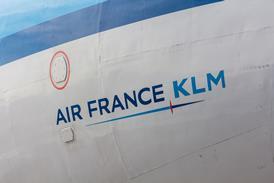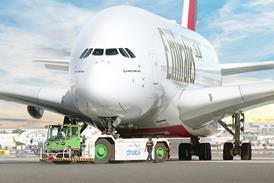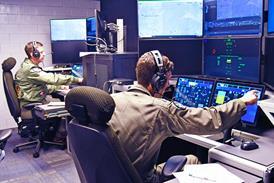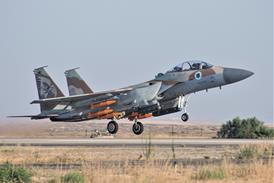Five and a half years after winning the Royal Australian Air Force's Project 5333 Vigilare replacement aerospace command and reporting competition, Boeing Australia has finally signed two contracts worth a combined A$125 million ($96 million). These will enable the company to build and roll out the system, and provide a five-year support package.
Boeing was selected to meet the Air 5333 requirement in September 1998 after a two-year tender process. When it launched the competition in 1996, the Australian Department of Defence specified that bidders promote only "a currently fielded air-defence system", to ensure the air force could field the successful design by 2000-1. However, finalisation of the deal was delayed after Boeing convinced the DoDto directly link the contract to the RAAF's A$3.4 billion Project Wedgetail acquisition of airborne early warning and control aircraft. This would have seen the Vigilare use the same EADS Defence Electronics multisensor integration (MSI) system now being fitted to Australia's Wedgetail aircraft and to NATO's Boeing E-3A airborne warning and control system aircraft.
The new command and reporting system is now to attain initial operational capability from mid-2007. The unprecedented delays in the project last year saw Australia mothball its NORTHROC northern region command reporting centre at RAAF Base Tindal in the Northern Territory. This means that Australia now has only one operational aerospace command reporting centre, designated EASTROC, at RAAF Base Williamtown, north of Sydney.
The EASTROC has been refitted over the past two years with an interim system developed by Daronmont Technologies under an A$8.7 million contract. The capability is based around the Raytheon Solipsys multi-source correlator and tactical display system, which the RAAF says provides a marked improvement over its previous system. This was introduced into service at EASTROC in 1968 before being overhauled and extended to NORTHROC in 1981.
Following its 1999 selection to deliver the Wedgetail capability, Boeing advised the DoD that its Air 5333 solution would increase in cost to around A$160 million - almost 25% more than its original bid. The DoD rejected this increase, leading to almost four years of negotiations. Under last week's contract award, Boeing will effectively be extending the interim architecture with the Solipsys correlator remaining central to the system, instead of EADS's MSI. Daronmont Technologies will be a major subcontractor on the project, says Boeing.
PETER LA FRANCHI / CANBERRA
Source: Flight International























